Navigating unprecedented change requires holistic thinking.
Here’s a look at what we’re doing—and why.
↓
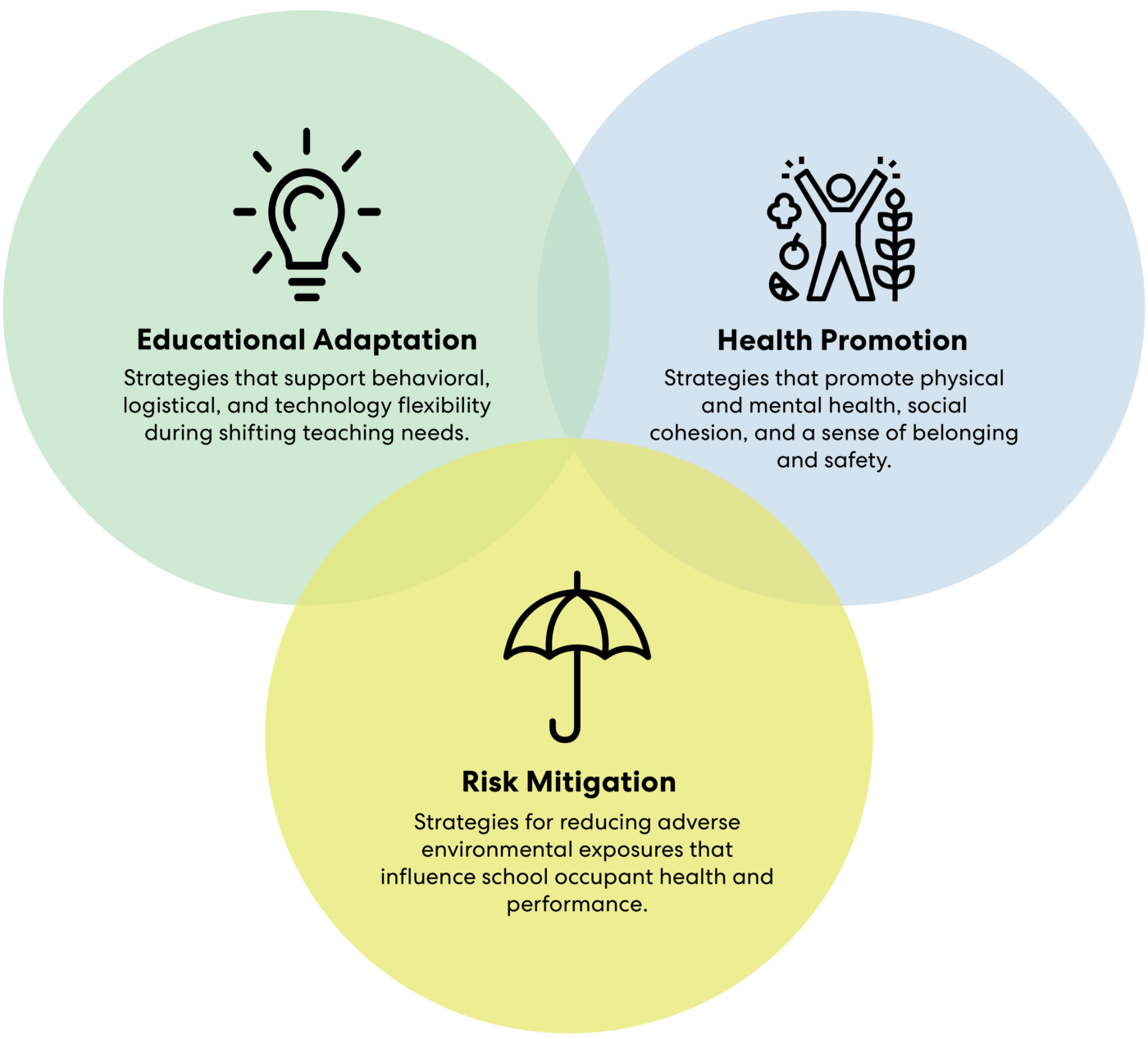
― Our Conceptual Framework
This holistic, solutions-oriented approach promotes health and safety without compromising students’ learning potential.
We address the most critical issues affecting schools through three lenses: Educational Adaptation, Health Promotion, and Risk Mitigation
Risk Mitigation
It is essential to implement strategies that will help to reduce adverse environmental exposures that influence school occupant health and performance in our K-12 facilities.
The National Institute for Occupational Safety and Health (NIOSH) has developed a hierarchical framework for controlling exposures to workplace hazards that can be applied to schools. The Hierarchy of Controls informs a national initiative called Prevention through Design (PtD), which we apply to the identification and organization of our strategies.
The following levels of control decrease in effectiveness as schools try to keep occupants safe:
Elimination means the risk of disease transmission in schools has been removed.
Substitution provides an alternative environment with lower or no risk of disease transmission.
Engineering Protocols are designed to remove particles before they come in contact with school occupants (e.g. air filtration).
Administrative Controls are relatively inexpensive to implement but require building occupants to carefully abide by these strategies.
Personal Protective Equipment (PPE) keeps the individual safe as long as the PPE is worn properly (e.g. face masks and gloves) and not damaged.
Hierarchy of Controls
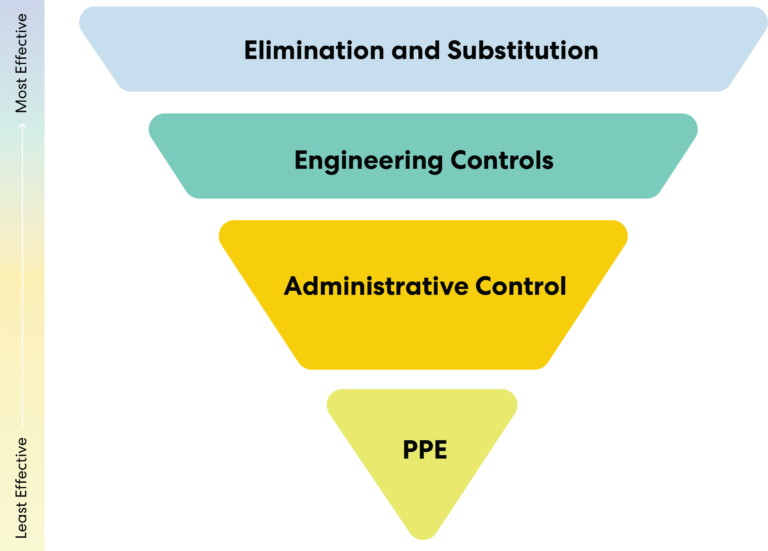
― The World Health Organization
“Health is a state of complete physical, mental and social well-being and not merely the absence of disease or infirmity.”

Educational Adaptation
We seek to support strategies that support behavioral, logistical, and technology flexibility during shifting teaching needs.
Optimizing Flexibility
The ability to pivot—say, from one classroom space to another, or from one way of teaching and learning to another—is key to effective education. The Universal Design for Learning guidelines are useful because they improve and optimize the educational experience for all people, and are based on the science of how people learn. Other critical factors include limiting classroom disruption, promoting learning, and fostering community without socioeconomic barriers.
Reimagining the Classroom
In order to navigate what comes next, we need to create multi-faceted classrooms that offer increased control and full access to technology. As education continues to evolve – accelerated by the pandemic – we are leveraging research to better understand how learning environments can support students holistically.
Safety
Schools are not going to go back to pre-COVID-19 operations. Education adaptation will be necessary for continuity of learning and teaching under new restrictions. It will also increase schools’ resilience in the event of future challenges and changes.
Universal Design for Learning Framework
Affective Networks: The why of learning

Engagement
For purposeful, motivated learners, stimulate interest and motivation for learning.
Recognition Networks: The what of learning

Representation
For resourceful, knowledgeable learners, present content and information in different ways.
Strategic Networks: The how of learning

Action and Expression
For strategic, goal-directed learners, differentiate the ways that students can express what they know.
In 2020, the pandemic illuminated that K-12 schools have a tremendous influence on all aspects of both individual and community health, whether this involves disease transmission or accessing regular meals.
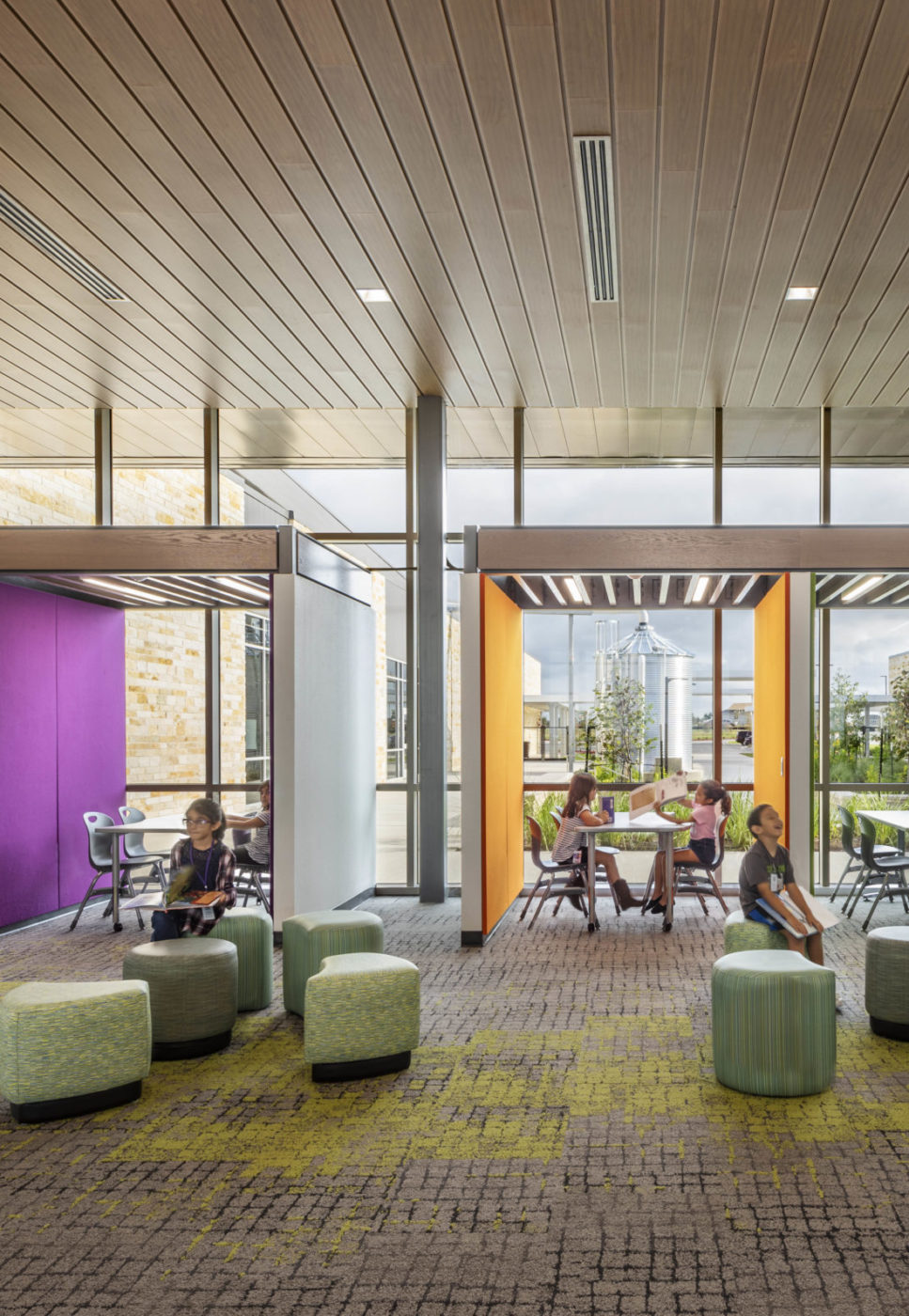
Health Promotion
Our strategies aim to support the physical health, mental health, social cohesion, and a sense of belonging and safety.
Using the “Whole School, Whole Community, Whole Child” model from the U.S. Centers for Disease Control and Prevention (CDC), we identify a range of strategies to ensure optimal well-being for everyone in the school community. After all, schools are not just learning environments; they’re also work sites, community centers, food distribution hubs, and physical and psychological health service providers. Here are a few considerations:
Allergic and Nonallergic Disease from Air Pollution and Allergens: Already, asthma is the leading cause for student absenteeism in
the U.S., accounting for local sources and seasonal changes in air
pollution can help or hinder good air quality.
Infectious Diseases: Climate change is leading to emerging airborne,
tick-borne, and waterborne diseases. Ensuring healthy environments,
systems and healthcare opportunities are a part of fighting this.
Extreme Storm Events: As we build new schools, we must account
for school siting and local infrastructure that can be influenced
by damage, food and water contamination, displacement, injury, and
mental health.
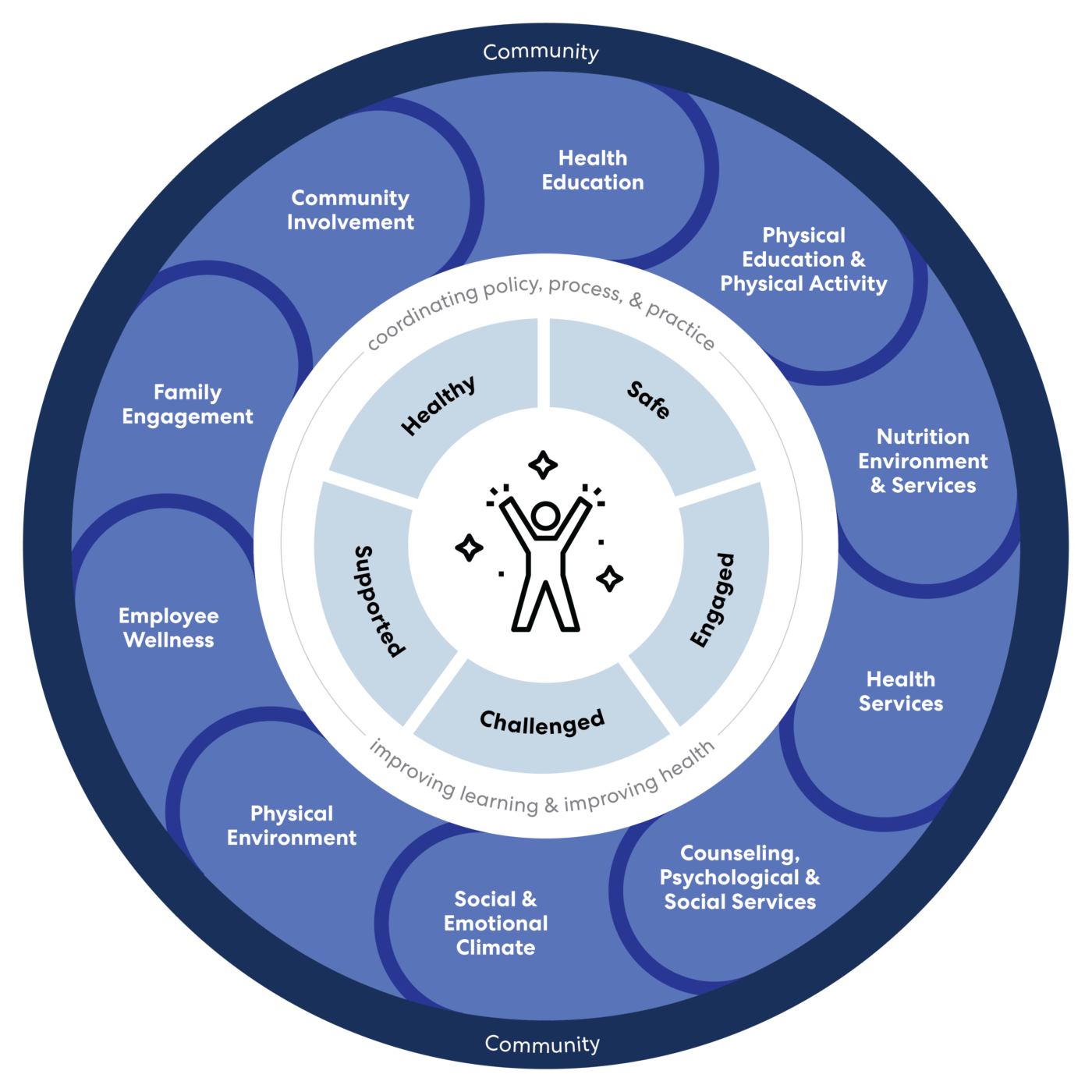
― Lessons Learned
In 2021, we asked a random sample of 100 K-12 teachers, administrators, facility managers, and school nurses across the United States about the lessons learned from COVID-19.
Based on the survey responses, we knew schools needed holistic guidance for creating healthy and thriving schools.
The needs and considerations of schools are vast and nuanced. The strategies and resources we’ve compiled on this site provide a comprehensive approach for creating healthier and more equitable school facilities. Please note that this information should not replace federal, state, or local guidance, but instead help organize, understand, and implement steps needed for future-focused learning communities.
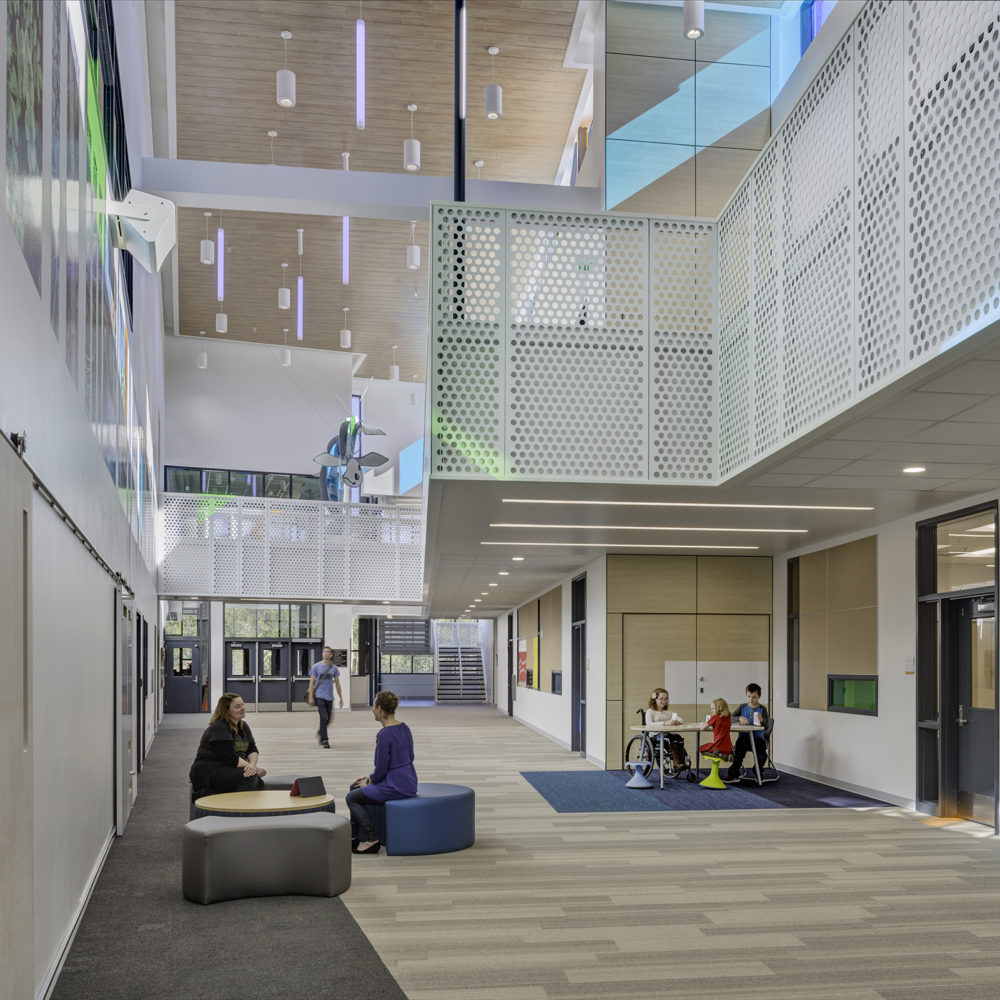
― The Takeaway
Organizing the design of schools around these three key components—risk mitigation, educational adaptation, and health promotion—will help meet the challenges ahead. School teams should include stakeholders who represent the community, including parents, educators, school nurses, facilities directors, athletic coaches, and custodial staff.
The guidance provided on this site is based on the available information as of the date of publication and does not replace federal, state, or local public health recommendations but aggregates best practices and innovative solutions at the intersection of buildings and school health. We encourage schools to reach out and seek expert advice on their unique circumstances.

